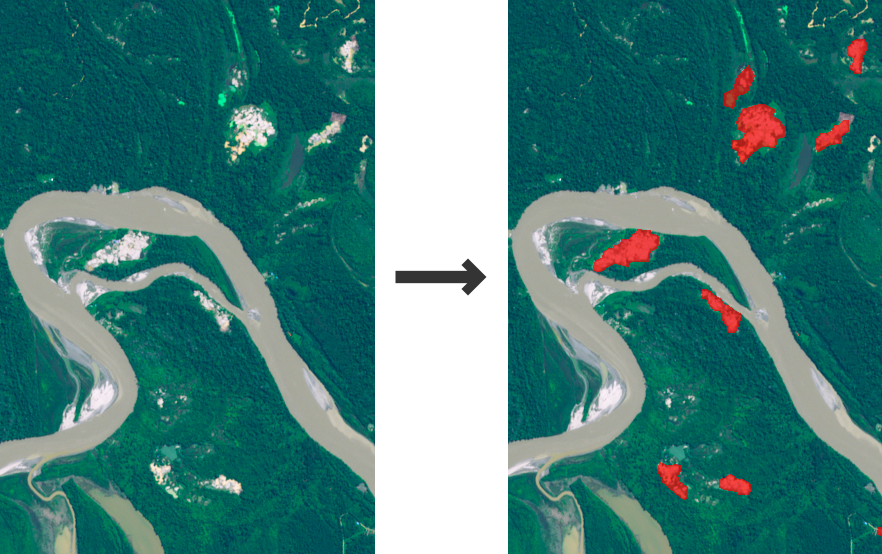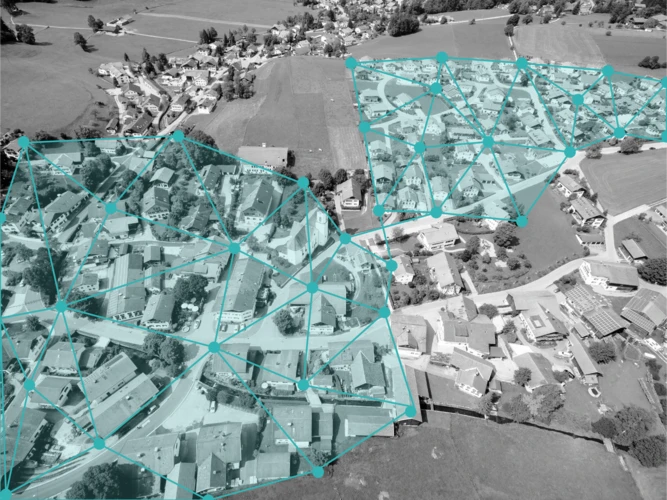Artisanal and Small Mine Detection
See how we developed a machine learning software to stop environmental destruction through illegal mines, based on satellite data and object detection.
Satellite images
Location and extent of gold mines
Provide timely information on artisanal gold mining




